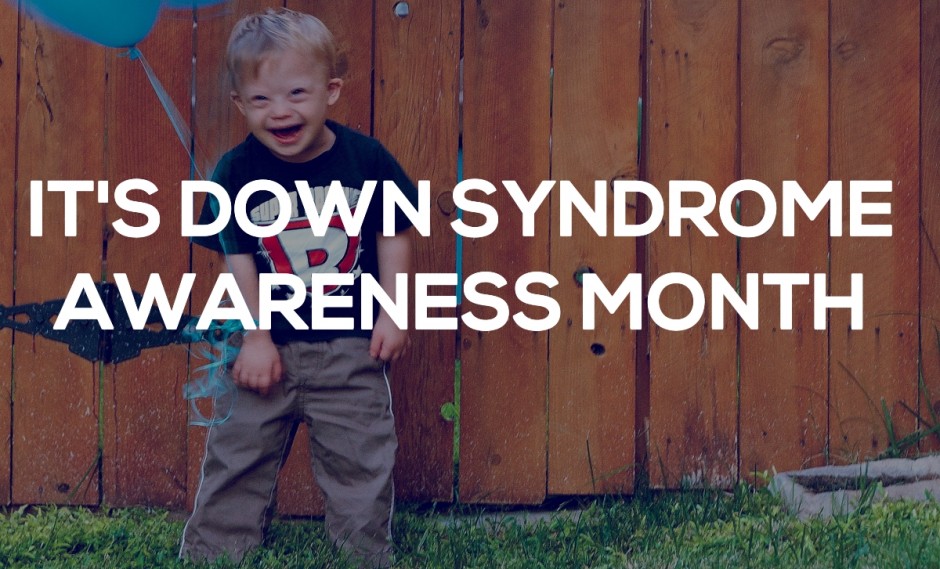Down Syndrome Awareness Day is chance to spread awareness, advocacy and inclusion throughout the community. On March 21st, we celebrate individuals with Down syndrome and make people aware of their abilities and accomplishments.
It’s not about celebrating disabilities; it’s about celebrating abilities.
·························································
What Is Down Syndrome?
Down syndrome (or Down’s syndrome) is a chromosomal disorder caused by an error in cell division that results in an extra 21st chromosome. The condition leads to impairments in both cognitive ability and physical growth that range from mild to moderate developmental disabilities. Through a series of screenings and tests, Down syndrome can be detected before and after a baby is born.
The only factor known to affect the probability of having a baby with Down syndrome is maternal age. That is, less than one in 1,000 pregnancies for mothers less than 30 years of age results in a baby with Down syndrome. For mothers who are 44 years of age, about 1 in 35 pregnancies results in a baby with Down syndrome. Because younger women generally have more children, about 75 – 80% of children with Down syndrome are born to younger women.
What causes Down syndrome?
Down syndrome occurs because of an abnormality characterized by an extra copy of genetic material on all or part of the 21st chromosome. Every cell in the body contains genes that are grouped along chromosomes in the cell’s nucleus or center. There are normally 46 chromosomes in each cell, 23 inherited from your mother and 23 from your father. When some or all of a person’s cells have an extra full or partial copy of chromosome 21, the result is Down syndrome.
The most common form of Down syndrome is known as Trisomy 21, a condition where individuals have 47 chromosomes in each cell instead of 46. This is caused by an error in cell division called nondisjunction, which leaves a sperm or egg cell with an extra copy of chromosome 21 before or at conception. Trisomy 21 accounts for 95% of Down syndrome cases, with 88% originating from nondisjunction of the mother’s egg cell.
The remaining 5% of Down syndrome cases are due to conditions called mosaicism and translocation. Mosaic Down syndrome results when some cells in the body are normal while others have Trisomy 21. Robertsonian translocation occurs when part of chromosome 21 breaks off during cell division and attaches to another chromosome (usually chromosome 14). The presence of this extra part of chromosome 21 causes Down some syndrome characteristics. Although a person with a translocation may appear physically normal, he or she has a greater risk of producing a child with an extra 21st chromosome.

